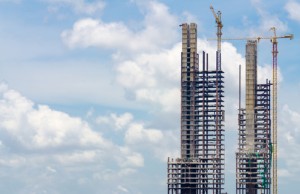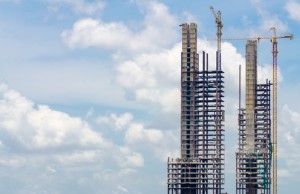 Although safety measures have increased greatly in past decades, construction remains a dangerous profession—especially large-scale industrial construction. Workers at a Hallandale Beach site received a tragic reminder of that June 12, when a large construction crane toppled over and killed one of their coworkers.
Although safety measures have increased greatly in past decades, construction remains a dangerous profession—especially large-scale industrial construction. Workers at a Hallandale Beach site received a tragic reminder of that June 12, when a large construction crane toppled over and killed one of their coworkers.
The crew was working on a sea wall when the accident happened. So far, few details have been released, and an investigation is almost certainly going to be needed before we have answers as to what happened. But it’s important to understand that someone is at fault for what happened, and that accidents like this are preventable.
In the hours and days after a major accident, construction companies will try to position the event as a fluke occurrence, something no one could have seen coming or stopped from happening. But a construction crane does not fall over for no reason. Somewhere along the line, human error is likely to have occurred.
That could be in several places:
- If the crane itself was not built to standards or its proper operating conditions weren’t made clear, then the company that built or provided the crane would be considered negligent.
- If workers were not given proper training in how to situate and operate the crane safely, including outdated or poorly designed training, then the employer is responsible.
- If the construction company management (or overseers on the ground) pushed an unrealistic construction pace, provided a crane not suited for the job at hand, or ordered workers to operate the crane in a way that wasn’t safe, the construction company is considered negligent.
It’s important to understand that virtually any construction accident falls into one of these categories: unsafe equipment, insufficient training, or bad management. It is extremely rare that a worker willingly does something they know is unsafe on their own initiative, because the worker is the one whose life is at stake.
It could be weeks or months before we know the details of what happened at Hallandale Beach. But as the story comes together, there will almost certainly be a point in the chain of events where someone did something they knew, or should have known, pushed the limits. The crane wouldn’t have failed otherwise.
Injured construction workers have rights. Compensation cannot undo injuries or bring back a lost loved one, but they can lessen the financial blow to a family. If you or a loved one has suffered a construction accident, call the lawyers of Steinger, Greene & Feiner for a free analysis today.

